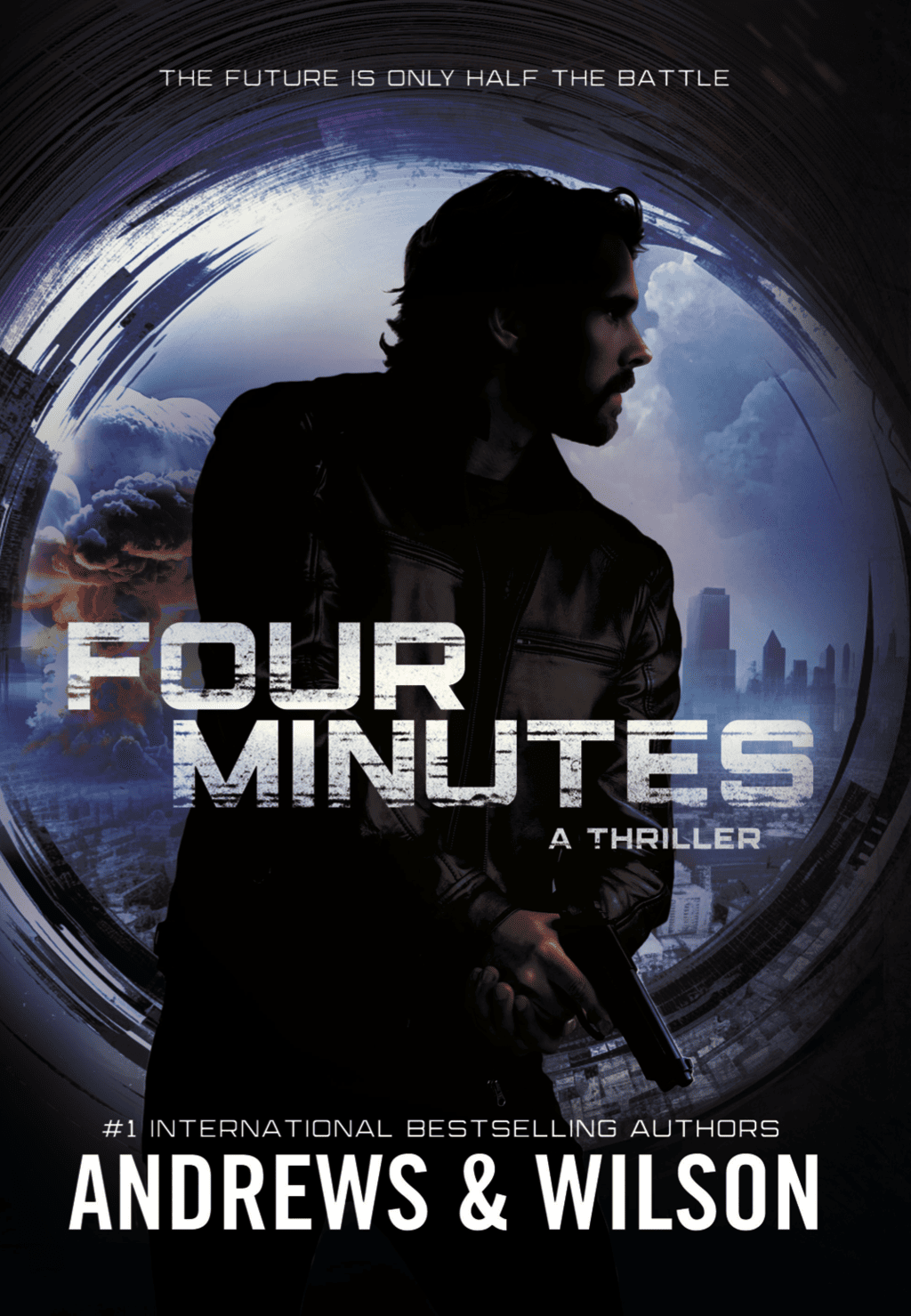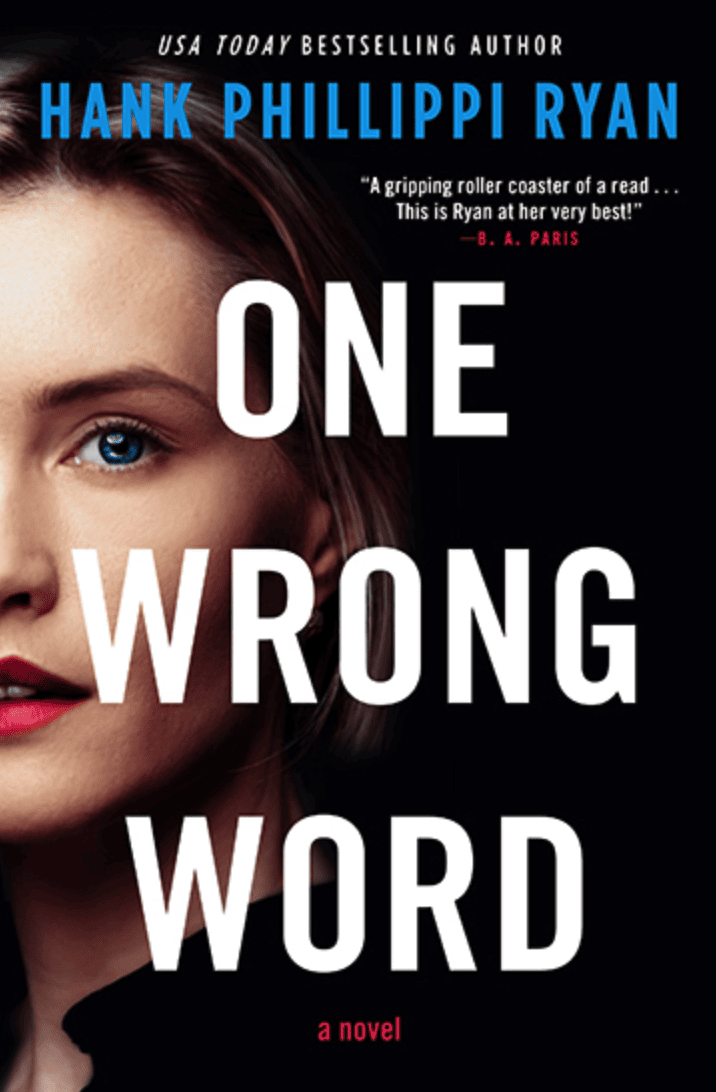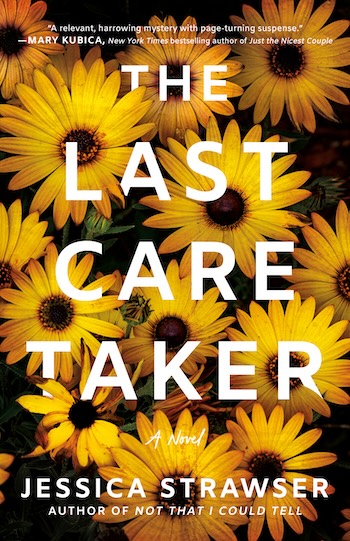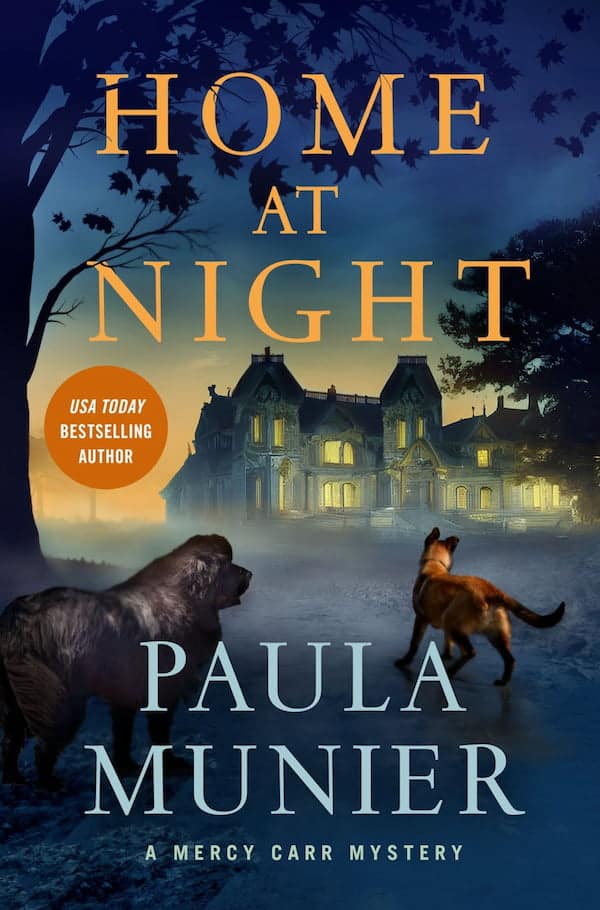Writers with diverse styles make artistic choices that can improve their art and/or limit their readership—for example, authoring a book without dialogue or paragraphs. A career author with commercial goals generally adopts a different strategy that includes providing characters with speaking roles. No matter the conversational context, good dialogue in a novel advances the plot and imparts important information about characters: their hopes, dreams, perhaps their machinations.
Compelling dialogue is key to a successful commercial novel.
I do not mean it must be utterly realistic—in general, you want dialogue to be somewhat un-realistic. In most cases, you want readers to fully understand it, to follow along without getting bogged down in idiosyncratic linguistic or stylistic quirks. More to the point: a lot of us talk funny.
How realistic do ya want it?
You want to make dialogue seem realistic or—in other words—easy for your reader to comprehend without undue labor.
If you make it too realistic, it might sound something like H.R. Haldeman on the Nixon tapes:
“He’s ah, he gave $25,000 in Minnesota and ah, the check went directly in to this, to this guy Barker.”
In your novel, you might want to help the reader better puzzle out this criminal conspiracy. How about this?
“In Minnesota, he gave the $25,000 check to this guy Barker.”
Just think how often you’d have to type the words “literally” and “like” if you were literally transcribing actual speech.
Conversely, you don’t want to make dialogue too stilted or perfect: mimicking speech rhythms also makes dialogue ring truer.
“Are you prepared for the algebra test today, Aaron?” the teacher asked.
Instead, maybe:
“Ready, Aaron?” asked Ms. Fisher, holding the pile of math tests in her hand.
And please avoid dialogue of this sort: “Minor groove ligands like Hoechst 33258 do not bind to the B-DNA.” It may be a science thriller, but comprehensible, readable words remain the goal. Read your work aloud and get a feel as to whether or not someone might trip over it.
Who said what?
“Stop doing that!” she barked.
This is acceptable only if you are Rita Mae Brown and your character is a dog. Otherwise, we return, as we do so often, to the rules of master Elmore Leonard. As much as possible, avoid any speaker identifier but “he said/she said.”
“You really get me,” Joe sighed.
I come across this soooo often. Writers love characters to sigh dialogue. ~sigh~ Try it. It’s hard to do. It’s also difficult to laugh or smile dialogue but with no little frequency I come across such events while editing.
And lastly, if the reader can easily discern who is doing the talking, avoid the he said/she said altogether.
“Can you follow what I’m trying to say?”
“Totally.”
Dialogue interruptus
Long speeches may get tiresome in fiction. The reader starts to wonder what the heck all the other characters are doing while this blowhard spouts off. My suggestion is to keep dialogue terse, and if indeed there is much that needs to be said, sprinkle that dialogue with characterizing action and expression. Perhaps describe something the speaker is looking at or doing that might contribute additional meaning, emotion or drama to the scene. Or tell how the speech is being received by other characters.
During a conversation, let emotion and characterization take place both inside and outside the dialogue.
Dialogue detours
Sometimes a flashback or something else explanatory needs to be recalled amid a conversation. If that’s the case, make sure when you return to the ongoing dialogue that the reader remembers the thread of the conversation preceding your digression. For example:
“Did you actually go into the house?”
Barbara shuddered as she remembered the dreadful scene. [Internal dialogue goes on for five lengthy paragraphs about the terrible things she saw inside the house.]
“Yes, I did,” said Barbara.
Uh-oh. It would be easy in this drama to forget the question Kathleen asked above. Instead, after the digression, refresh the reader’s memory. I expect they will continue reading the dialogue without pause if Barbara said something like:
“Going into the Johnsons’ house was the biggest mistake I ever made.” That brings the reader back from the digression, and into the conversation with Kathleen.
Quirky punctuation
“I told you that Laine yelled ‘Leave me alone!’” said Russell.
Brits like to confuse us with this double quote/single quote controversy, but here are the rules in the US of A: Use single quotes for dialogue within dialogue.
Here’s one rule folks sometimes forget. If a single speaker continues speaking for more than one paragraph, leave off the close quote at the end of the first paragraph, like after “black” here:
“…and after the car hit me, it all went black.
“Then I don’t know what happened.”
Em dash versus ellipses
“I can’t even remember that dog’s name…” Hanna’s voice trailed off and there was silence.
Here, ellipses are appropriate as her voice trails away.
“I can’t even remember that—”
Kaitlin interrupted. “Well, you better come up with something fast.”
Now Hanna’s dialogue comes to an abrupt stop so an em dash should be placed here.
Talk therapy
Career authors are by nature solitary creatures and may spend long periods of time without uttering a word. For the sake of your life, and more specifically as research for your craft, start a conversation with others. You may learn a lot. Take notes.
What are your biggest challenges while writing dialogue? What’s the best or worst dialogue you’ve ever read? Talk to us on Facebook.
